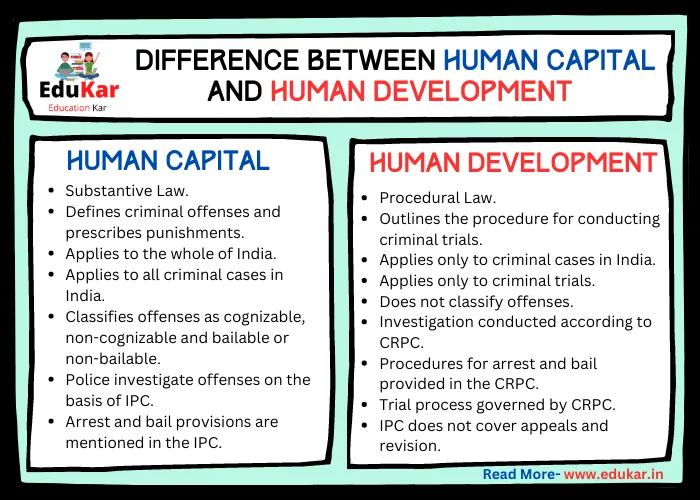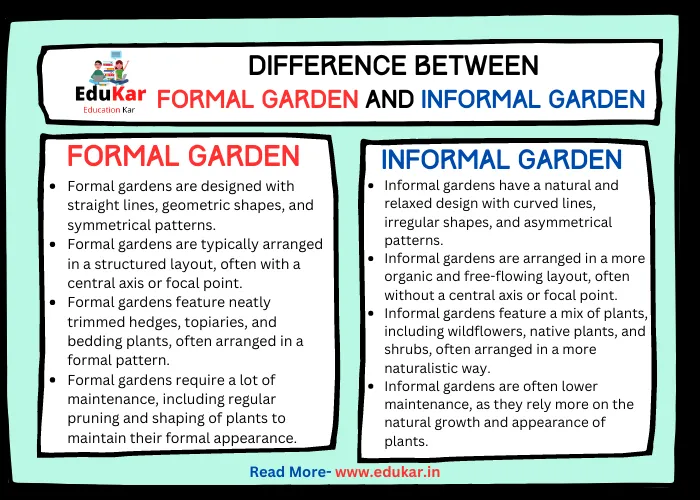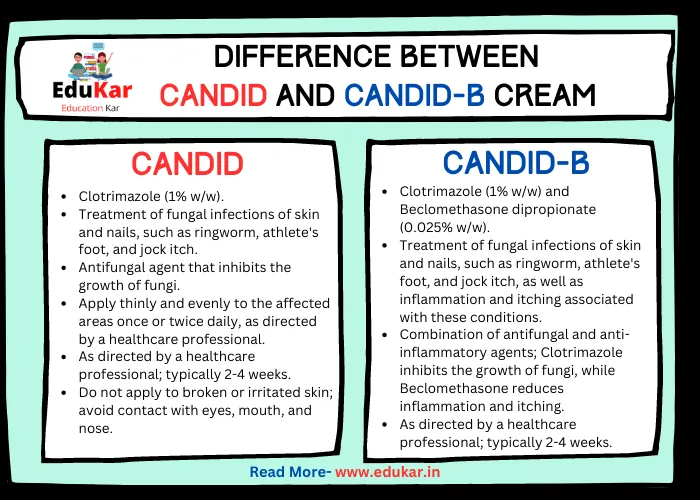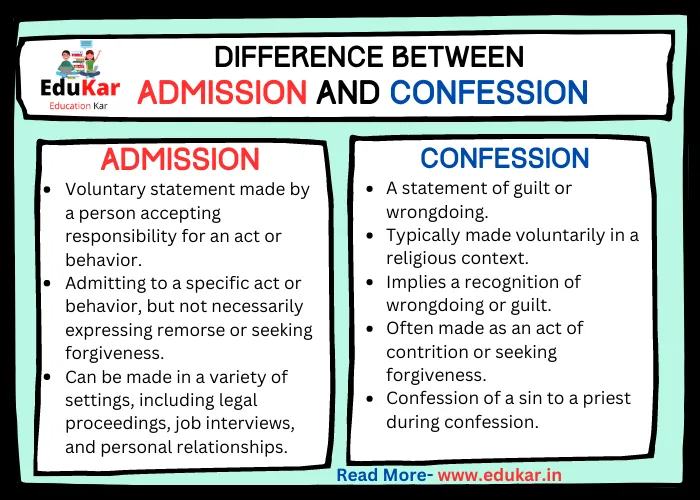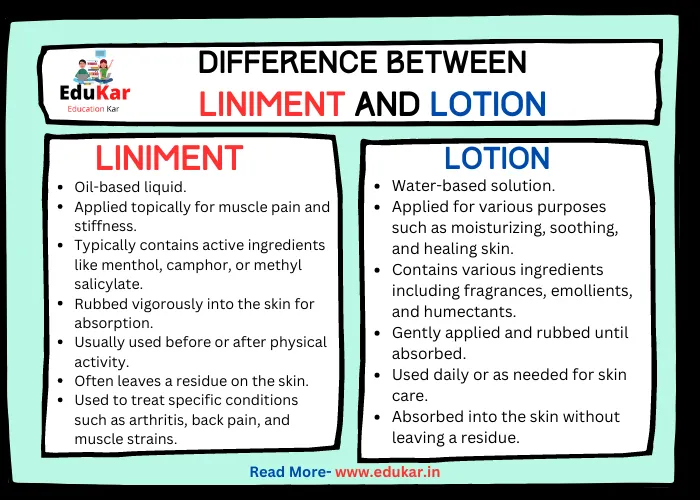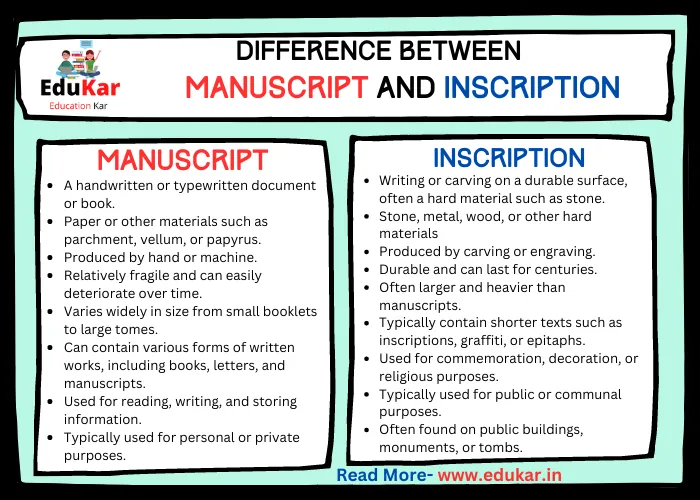Contents
- 1 Introduction
- 2 State
- 3 Government
- 4 Difference between State and Government
- 5 Relationship between State and Government in India
- 6 Summary
- 7 FAQs
- 7.1 What is the difference between State and Government?
- 7.2 Can the terms “State” and “Government” be used interchangeably?
- 7.3 Who is responsible for making laws in a State?
- 7.4 What is the role of the Executive branch of the Government?
- 7.5 What is the role of the Judicial branch of the Government?
- 7.6 Can the Government exist without a State?
- 7.7 Can a State exist without a Government?
Learn about the fundamental differences between State and Government, highlighting their roles, functions, and relationships. Discover the nuanced variations between these two political entities, and deepen your understanding of how they shape our societies and systems of governance.
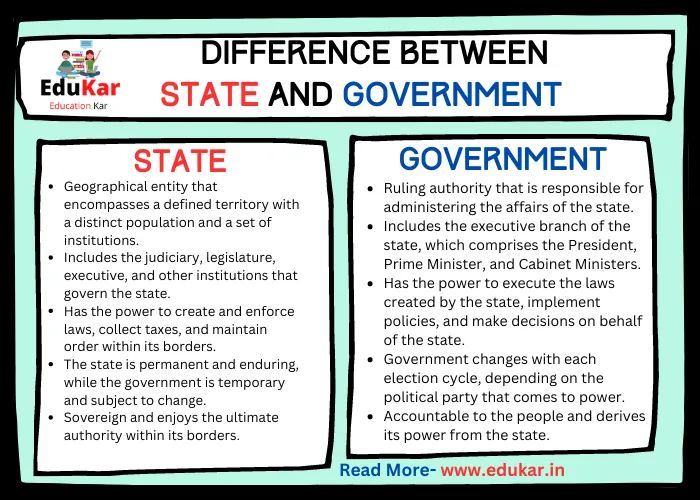
Introduction
The terms “state” and “government” are often used interchangeably, but they have distinct meanings. Understanding the difference between the two is crucial to understanding the political systems of different countries.
State
The state is a political entity that has a defined territory, a population, a government, and sovereignty. The state is the highest authority in a given territory, and it is responsible for maintaining law and order, providing public services, and protecting its citizens. In India, the state is formed through a process of consolidation, which involves the merging of different territories into a single political entity.
Characteristics of the State
There are several characteristics of the state that are essential to understanding its role in society. These include:
1. Territory: The state has a defined geographic area over which it has jurisdiction. In India, the territory of the state is defined by the borders of the country.
2. Population: The state is made up of a group of people who share a common identity, culture, and language. In India, the population is diverse and includes many different ethnic groups.
3. Government: The state has a system of government that is responsible for making and enforcing laws. In India, the government is a federal system that is made up of a central government and state governments.
4. Sovereignty: The state has the authority to make decisions within its territory without interference from outside forces. In India, sovereignty is vested in the people, who elect their representatives to govern on their behalf.
Also Read: Difference between National Anthem and National Song
Components of the State
The state is made up of four key components: territory, population, government, and sovereignty.
1. Territory: The territory of the state is defined by its borders, which may be natural or man-made.
2. Population: The population of the state is made up of the people who live within its borders. In India, the population is diverse and includes many different ethnic groups.
3. Government: The government of the state is responsible for making and enforcing laws. In India, the government is a federal system that is made up of a central government and state governments.
4. Sovereignty: Sovereignty is the authority of the state to make decisions within its territory without interference from outside forces. In India, sovereignty is vested in the people, who elect their representatives to govern on their behalf.
How the State is Formed in India
The modern state of India was formed in 1947, when British India was partitioned into the two separate countries of India and Pakistan. The process of consolidation involved the merging of several princely states and British territories into a single political entity.
Government
The government is the body that is responsible for making and enforcing laws within a given territory. The government is made up of elected officials who are responsible for representing the people and making decisions on their behalf. In India, the government is a federal system that is made up of a central government and state governments.
Role and Functions of the Government
The government is responsible for providing public services, maintaining law and order, and protecting the rights and freedoms of its citizens. Some of the key functions of the government include:
1. Making and enforcing laws: The government is responsible for creating laws that govern society and enforcing those laws through the legal system.
2. Providing public services: The government is responsible for providing essential services such as education, healthcare, and transportation.
3. Protecting citizens: The government is responsible for protecting the rights and freedoms of its citizens, including freedom of speech, religion, and assembly.
Types of Government in India
India has a federal system of government, which means that power is divided between the central government and state governments. The central government is responsible for national-level issues such as defense, foreign affairs, and monetary policy, while state governments are responsible for issues such as healthcare, education, and law and order within their respective states.
The government of India is also divided into three branches: the executive branch, the legislative branch, and the judiciary.
- The executive branch is responsible for implementing and enforcing laws. It is headed by the Prime Minister and the President.
- The legislative branch is responsible for making laws. It is made up of two houses: the Lok Sabha (House of the People) and the Rajya Sabha (Council of States).
- The judiciary is responsible for interpreting laws and ensuring that they are enforced fairly. It is made up of the Supreme Court of India, High Courts, and lower courts.
Also Read: Difference between Gram Sabha and Gram Panchayat
Powers and Limitations of the Government
While the government has the power to make and enforce laws, its power is not unlimited. The Indian Constitution places several limitations on the government’s power, including:
- The Constitution guarantees certain fundamental rights to citizens, including freedom of speech, religion, and assembly. The government cannot violate these rights.
- The Constitution also places limits on the government’s ability to impose taxes and raise revenue.
- The government must operate within the framework of the Constitution and cannot exceed its authority.
Difference between State and Government
| State | Government |
|---|---|
| Geographical entity that encompasses a defined territory with a distinct population and a set of institutions. | Ruling authority that is responsible for administering the affairs of the state. |
| Includes the judiciary, legislature, executive, and other institutions that govern the state. | Includes the executive branch of the state, which comprises the President, Prime Minister, and Cabinet Ministers. |
| Has the power to create and enforce laws, collect taxes, and maintain order within its borders. | Has the power to execute the laws created by the state, implement policies, and make decisions on behalf of the state. |
| The state is permanent and enduring, while the government is temporary and subject to change. | Government changes with each election cycle, depending on the political party that comes to power. |
| Sovereign and enjoys the ultimate authority within its borders. | Accountable to the people and derives its power from the state. |
| Responsible for maintaining law and order, ensuring social justice, and protecting the rights of its citizens. | Responsible for implementing policies and programs that benefit the people and promote the development of the state. |
| Has its own constitution, which outlines the framework for governance and defines the powers and responsibilities of its institutions. | Operates within the framework of the state’s constitution and is bound by its provisions. |
| Complex and multi-layered entity, consisting of several sub-units such as states, union territories, and districts. | Operates at different levels, ranging from the national level to the state and local levels. |
| Has the power to declare a state of emergency and impose restrictions on the freedom of its citizens in times of crisis. | Has the power to impose emergency measures and curtail certain rights and freedoms in the interest of national security or public order. |
| Ultimate guarantor of the welfare of its citizens and has the responsibility to provide basic services such as education, healthcare, and social security. | Plays a crucial role in ensuring the delivery of these services and has the responsibility to allocate resources and devise policies to address social and economic challenges. |
Also Read: Difference between National Anthem and National Song
Relationship between State and Government in India
The relationship between the state and government in India is defined by the Indian Constitution. The Constitution outlines the powers and responsibilities of both the central government and state governments, and it ensures that the government operates within the framework of the law.
The Constitution also defines the separation of powers between the executive, legislative, and judicial branches of government. This ensures that no single branch of government has too much power and that the government operates fairly and efficiently.
The Constitution also establishes the relationship between the central government and state governments. While the central government is responsible for national-level issues, state governments have a significant degree of autonomy in implementing policies that affect their respective states.
Summary
The state and government are two distinct entities that are essential to understanding the political system of India. The state is the highest authority in the country and is responsible for maintaining sovereignty and protecting the rights and freedoms of its citizens, while the government is responsible for implementing policies and providing public services.
FAQs
What is the difference between State and Government?
The State refers to a geographical entity that has a defined territory, a population, and a system of laws and governance. The Government, on the other hand, refers to the group of people who are responsible for managing the affairs of the State.
Can the terms “State” and “Government” be used interchangeably?
No, the terms “State” and “Government” cannot be used interchangeably. While the State is a broader concept that encompasses all aspects of governance and society, the Government refers specifically to the individuals who are responsible for running the State.
Who is responsible for making laws in a State?
The responsibility for making laws in a State lies with the legislative branch of the Government. In a democratic system, the legislative branch is typically made up of elected representatives who are accountable to the people.
What is the role of the Executive branch of the Government?
The Executive branch of the Government is responsible for enforcing the laws of the State. This branch is typically led by the head of state or head of government, and it includes a range of agencies and departments responsible for various aspects of governance.
What is the role of the Judicial branch of the Government?
The Judicial branch of the Government is responsible for interpreting the laws of the State and resolving disputes between individuals and groups. This branch is typically composed of judges and other legal professionals who are independent of the other branches of government.
Can the Government exist without a State?
No, the Government cannot exist without a State. A government can only govern a defined territory and population, which are key features of a State.
Can a State exist without a Government?
Technically, a State could exist without a Government, but in practice, it would be difficult to maintain order and provide services without a functioning government. The absence of a government could lead to anarchy.

